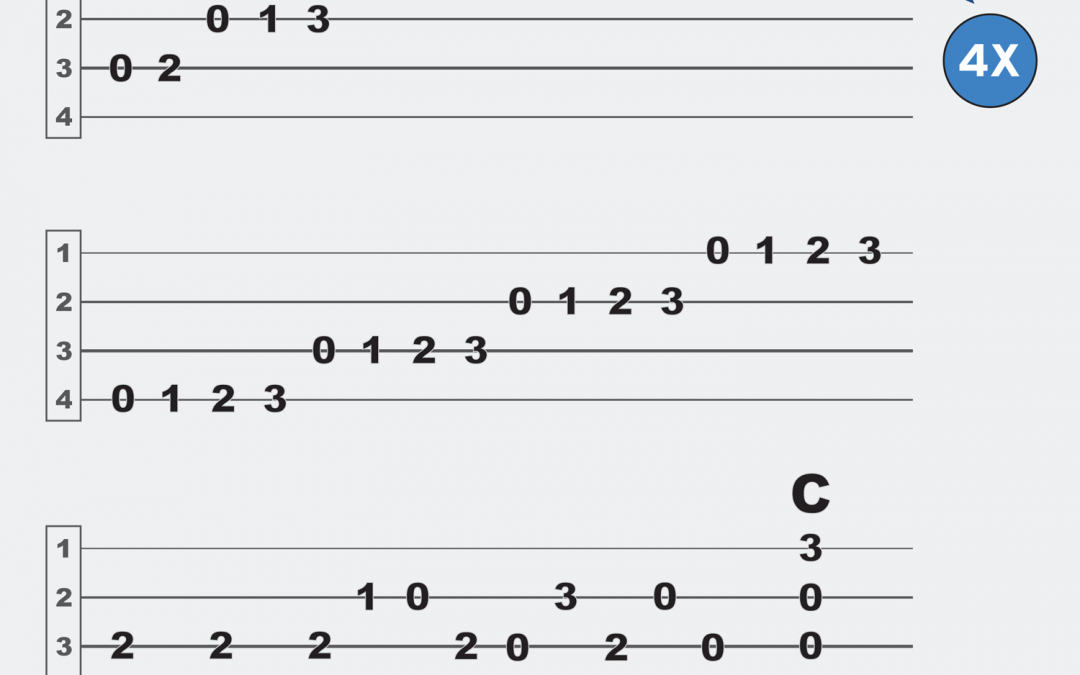How To Use A Ukulele Tuner
How To Use A Ukulele Tuner
Blog Article

The internet has evolved from a cyber-wonderland to an anarchistic, and treacherous, landscape where the least scrupulous amongst us are engaged in a vicious free-for-all. The Latin expression "Caveat Emptor" (let the buyer beware) is at the height of its meaning there, and no real relief seems to be coming any time soon.
Evaluate extra-curricular activities. I realize that little Sally has begged for Ukulele for sale in uk lessons, but if it means you will be living with her when you get old because you didn't save for retirement she might have reconsidered. If you can afford it, great. But if you are struggling financially these types of things need to be the first to go. Not only do they cost you in fees, but there are usually fund raisers,uniforms, snacks, other incidentals, and the gas it takes to get to the activity.
That's because the chords you're playing are in one key and the song was recorded/written in another. Why? Because oftentimes, the chords you find in fake books, song sheets and online sites are transposed into a key that's easy for beginners, like the key of C. The chord progression is the same but the key is different. That's why it sounds fine when you're singing and playing the song by yourself but not fine when you play along with the recorded version.
Make sure you bookmark the ukulele tuner site for future use. You'll want to tune before each playing session (and often during). The strings will naturally go out of tune as the uke sits and as its played.
The names of the chords we will play are dependent upon the tuning of the uke. In this Ukulele lesson we will use the common Ukulele tuning in C. This means that the first string of the ukukule is tuned to A. The first string of your uke is the bottom string when you play.
The good thing about having a Ukulele for sale life lesson is that you can have interaction with the teacher. The negative aspect is that it is on his time and not yours and it can turn out to be a costly endeavor.
Pluck each string on the ukulele in turn. Doing it this way will mean you can hear which strings are ringing clearly and which are muted. This is a tricky technique to get right, so take some time to make sure you have got the hang of it.
The best way to pick up on these chord variations is to listen to the melody. It's often easier to work out single notes than it is full chords. If you can figure out how to play the melody, all the better. Melody notes are often picked up on in the chords. So if you can find these notes, they will help you find those subtle chord variations.